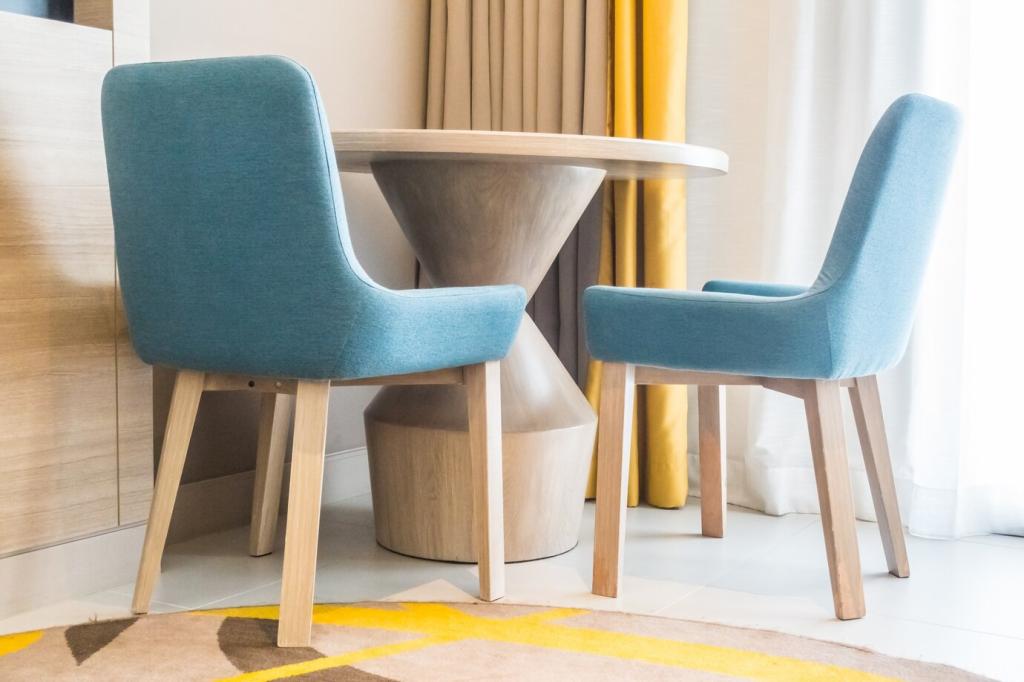Rococo Whimsy and Neoclassical Restraint
Rococo chairs hugged the sitter with serpentine rails and buoyant stuffing. Silk damasks and painted toiles matched interiors filled with music and conversation. Upholstery became a gentle cushion for sociability, inviting lighter manners while subtly guiding posture through sculpted padding and curved frames.
Rococo Whimsy and Neoclassical Restraint
Inspired by antiquity, Neoclassical makers pared ornament back to clean lines and measured symmetry. Upholstery turned refined and tailored, favoring crisp stripes and disciplined tufting. The change reflected Enlightenment ideals: reason, order, and comfort achieved through thoughtful proportion rather than excess decoration.











